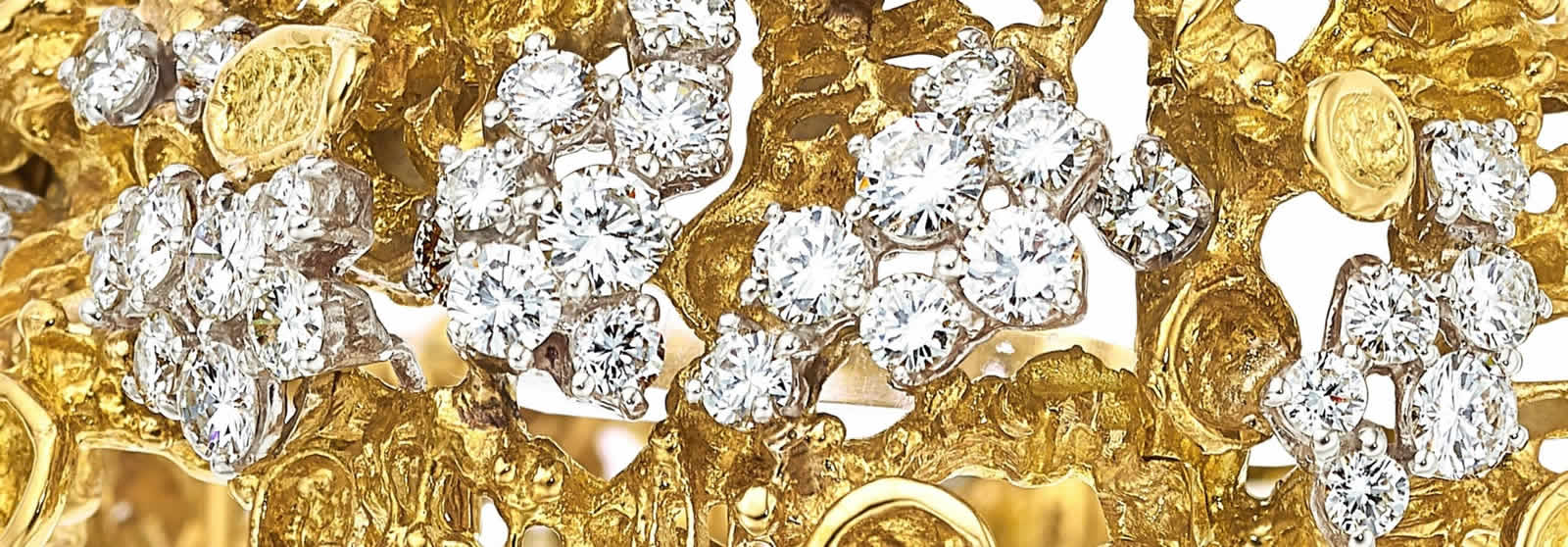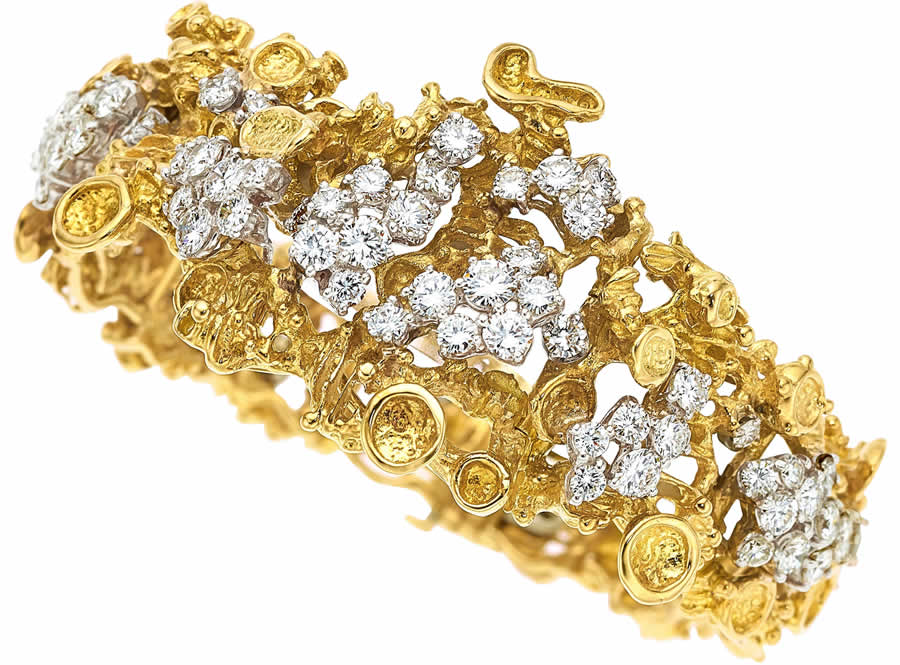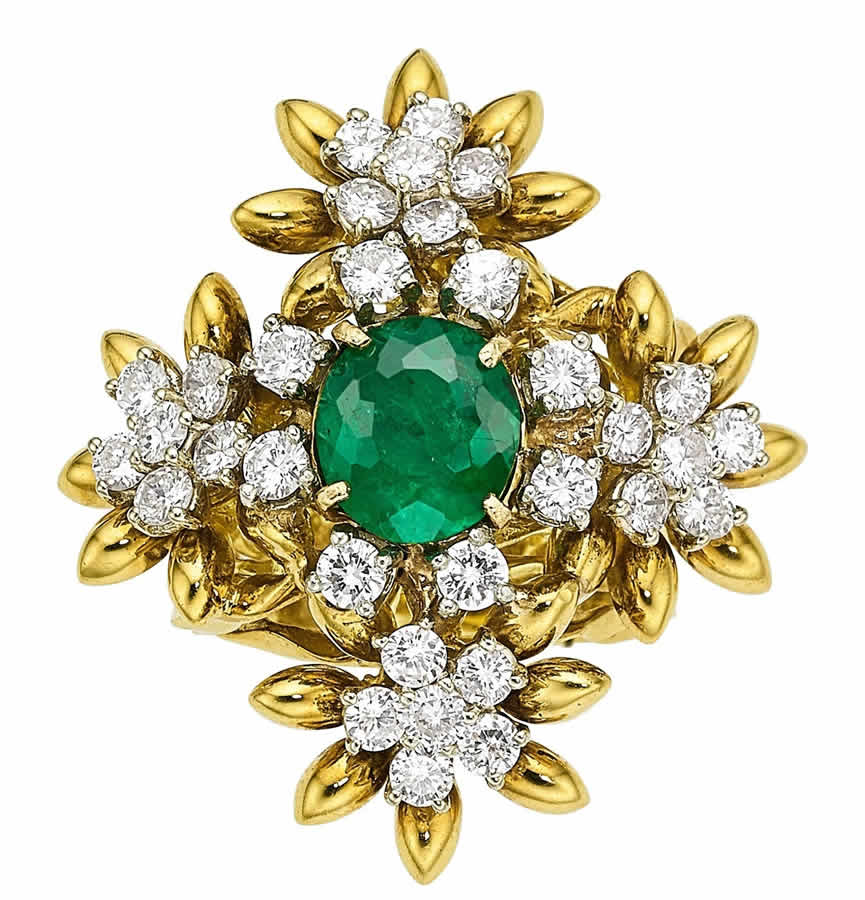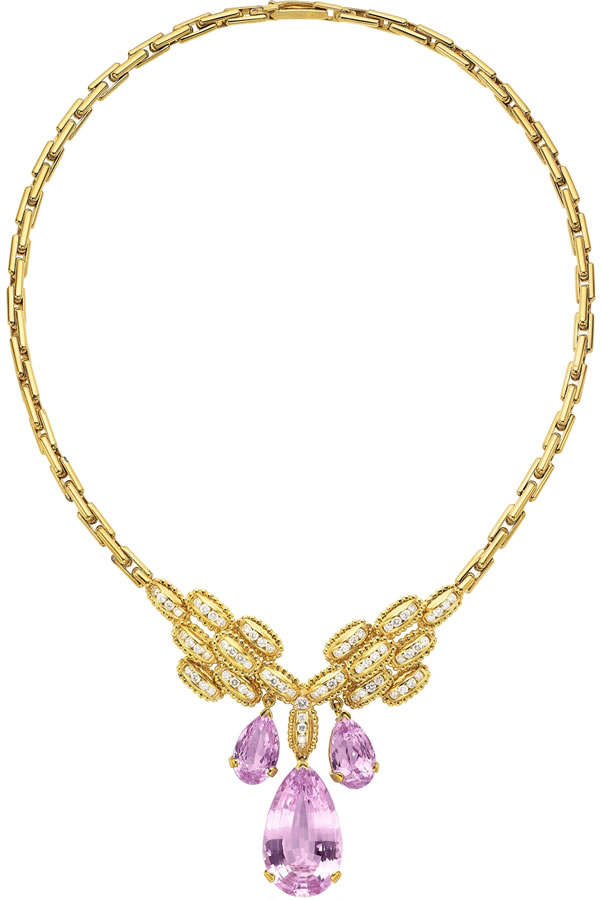ARTISAN LOOKS BACK ON A CAREER BRIMMING WITH EXQUISITE PIECES, ACCOLADES AND SPECIAL FRIENDS
By Pamela Wiggins Siegel
After selling his designs to some of the most renowned businesses in the fine jewelry industry, Peter Lindeman set out to make a name for himself. Between crafting some truly innovative designs and developing new methods for reaching customers, both skill and hard work led to acclaim for his jewelry. His workshop supplied pieces to retailers such as Tiffany & Co., Shreve, Crump & Lowe, and Bailey Banks & Biddle.
EVENT
JEWELRY SIGNATURE® AUCTION 5502
Featuring the Personal Collection of Peter Lindeman
Oct. 4-5, 2020
Live: New York
Online: HA.com/5502a
INQUIRIES
Jessica DuBroc
214.409.1978
JessicaD@HA.com
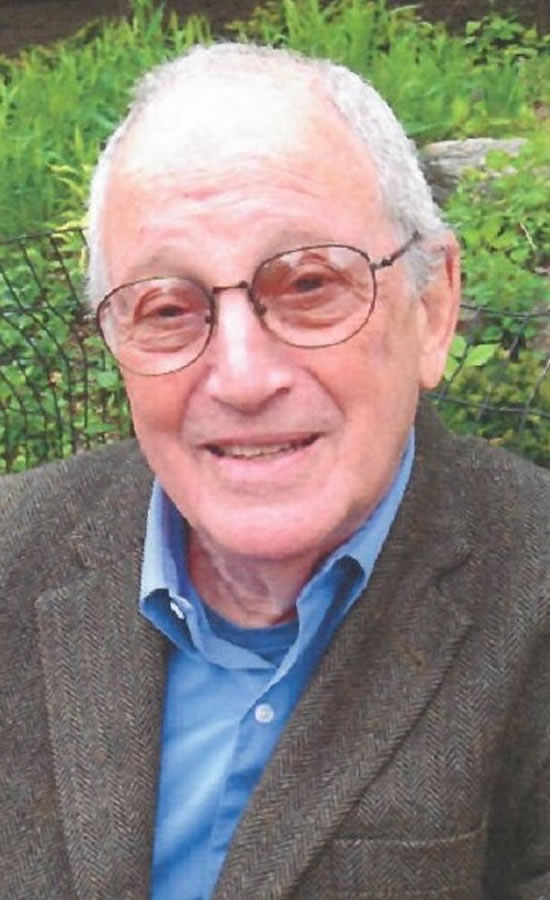
Born in Berlin, Lindeman grew up in Montevideo, Uruguay, apprenticing with a fine European firm. In 1947, at the age of 17, he headed to New York, where he worked for several high-end jewelers. In 1955, he started designing his own jewelry and created his signature hallmark – a teardrop with an “L” placed on the back of every piece. His designs ended up in the collections of Elvis Presley and tennis champion Chris Evert, as well as the permanent collection of the Boston Museum of Fine Art.
Lindeman also had some good times living a life filled with not only accolades but an array of interesting friends and colleagues.
A recent chat with this talented craftsman offers a glimpse at his life’s work and why now is the right time to offer jewelry from his personal collection to jewelry collectors everywhere.
Were there other artists who inspired you during your career?
I basically started as a jewelry maker and I was inspired by my teachers. The house where I learned was an incredibly wonderful firm comparable to Cartier or any of those big houses. What I primarily got out of it was a discipline and knowledge of making fine jewelry and loving it, which I carried throughout my life. Other artists inspired me later on in life. Salvador Dalí was a personal friend of mine, but his styles were his styles. He inspired me because I knew him, and we exchanged ideas. I knew David Webb personally, too, and he had his own style. I think that is basically the goal of every designer and every artist, to find his own kind of fingerprints where people can say, “This must be Peter Lindeman.”
How did you make a name for yourself in the fine jewelry world?
I used my skill and made things for others. Then when I saw my way clear, I tried to make a name for myself. Before that, I sold to Tiffany. I sold to Van Cleef. I sold to Cartier. At the time, they were still buying from outside jewelers, but they wouldn’t mention my name so I couldn’t make a mark there. They were just my customers, but the experience gave me a vehicle to grow. So, I thought each city has a major jeweler and I am going to contact them. I told them they have a sophisticated top echelon of retail customers that come to New York and buy, and you’re losing that business. They said we can’t afford to take a chance so I said I’m coming with my collection if you’ll give me space in your store and I’ll work with your customers. The newspapers picked up on the so-called “trunk show” idea and it was a tremendous success.
What were your favorite materials to work with?
Eighteen karat white gold or 18 karat yellow gold was always my favorite. Then I discovered by chance a beautiful uncut industrial diamond. I realized that some of these rough diamonds had natural beauty. It really gave me all kinds of inspiration because I took the rough diamond as it was, never cut it or changed the shape or texture. I mixed them always with fine stones like emeralds and cut diamonds. I put together two things, the element of the diamond that was in the earth for millions and millions of years, left it in its original shape, and used the fine stones for color and brilliancy. These special pieces are really unusual and guaranteed one-of-a-kind because nobody can duplicate those rough diamonds. Nobody.
What are some of your favorite memories looking back on your career?
I can say this, I am 90 years old and I still work a little bit when I can. I had a wonderful life in many respects. Being a part of the jewelry industry was fun with the design awards and festivities. Some of the stores I worked with gave me beautiful parties and I just loved it. I also love when I get calls from people. One told me they just inherited a big cross that their mother used to wear – a beautiful and special item I sold about 50 years ago in Cincinnati. Another one called and said “I just inherited these pieces. Can you tell me about them?” Things like that I love to answer because it brings back the past and it’s not all forgotten. That’s really what makes me happy.
What is your favorite piece among the items being auctioned by Heritage?
I have a few of them and it’s like having children. You don’t really want to talk about a favorite. There’s one piece going in, though, an award-winning bracelet, the Moon Crater. Of course, I love it. It’s still a great design. The day has come that somebody else should enjoy it. These things are part of what’s left of a special collection. I made these pieces with love and care. I hope they will be owned by people who appreciate them. That’s my most important wish.
What does this sale mean to you?
It means somebody else wants what I made. It is an acknowledgement. Like if a museum takes it in, it’s an acknowledgement of my work. I also like that Heritage has a way of bringing back old stories and history, and the public learns and appreciates what they are buying much more. The idea is even in the name, Heritage. That means something to me.
PAMELA WIGGINS SIEGEL is an author and freelance writer who has specialized in antiques and vintage jewelry for more than 20 years.
This article appears in the Fall 2020 edition of The Intelligent Collector magazine. Click here to subscribe to the print edition.

